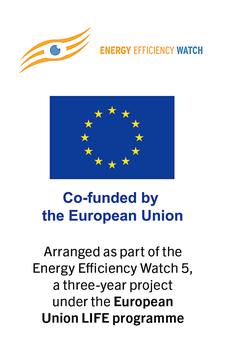Search eceee proceedings
High temperature heat pumps for industrial processes – application and potential
Panel: 4. Technology, products and systems
This is a peer-reviewed paper.
Authors:
Veronika Wilk, Austrian Institute of Technology GmbH, Austria
Franz Helminger, AIT Austrian Institute of Technology GmbH, Austria
Michael Lauermann, AIT Austrian Institute of Technology GmbH, Austria
Abstract
Industrial heat pumps convert unused waste heat into valuable process heat and therefore, they increase process efficiency and the share of electrified processes. With a total of 25 % of the energy demand in the European Union, industry is a key player to achieve the climate goals of the European Union. The share of heat pumps in Austrian industry is steadily increasing.
Typically, heat pumps are applied in the food industry with heat supply temperatures of up to 80 °C or for district heating applications. High temperature heat pumps that deliver process heat up to 160 °C offer a larger range of applications in industrial processes and are currently being developed. DryFiciency is an H2020 demonstration project, where two high temperature heat pump demonstrators are developed and operated in drying processes in a real industrial environment.
This work presents the techno-economic assessment of the first operation period of the DryFiciency heat pump. It is integrated at a production site of Wienerberger in Austria und supplies hot air for brick drying.
The DryFiciency heat pump allows for significant reductions of end energy consumption (from 66 % at a heat supply temperature of 160 °C to 81 % at 120 °C) and CO2 emissions (67–82 %) compared to a natural gas burner. Due to the recovery of waste heat and the prospect of increasing shares of renewable electricity production and increasing CO2 costs, the heat pump is a future-proof process heat supply system. Based on average Austrian energy prices, cost reductions in the range of 12–50 % can be achieved. With higher CO2 prices, up to 28– 59 % of energy cost reductions are possible.
Downloads
Download this paper as pdf: 4-132-20_Wilk.pdf
Download this presentation as pdf: 4-132-20_Wilk_pre.pdf














